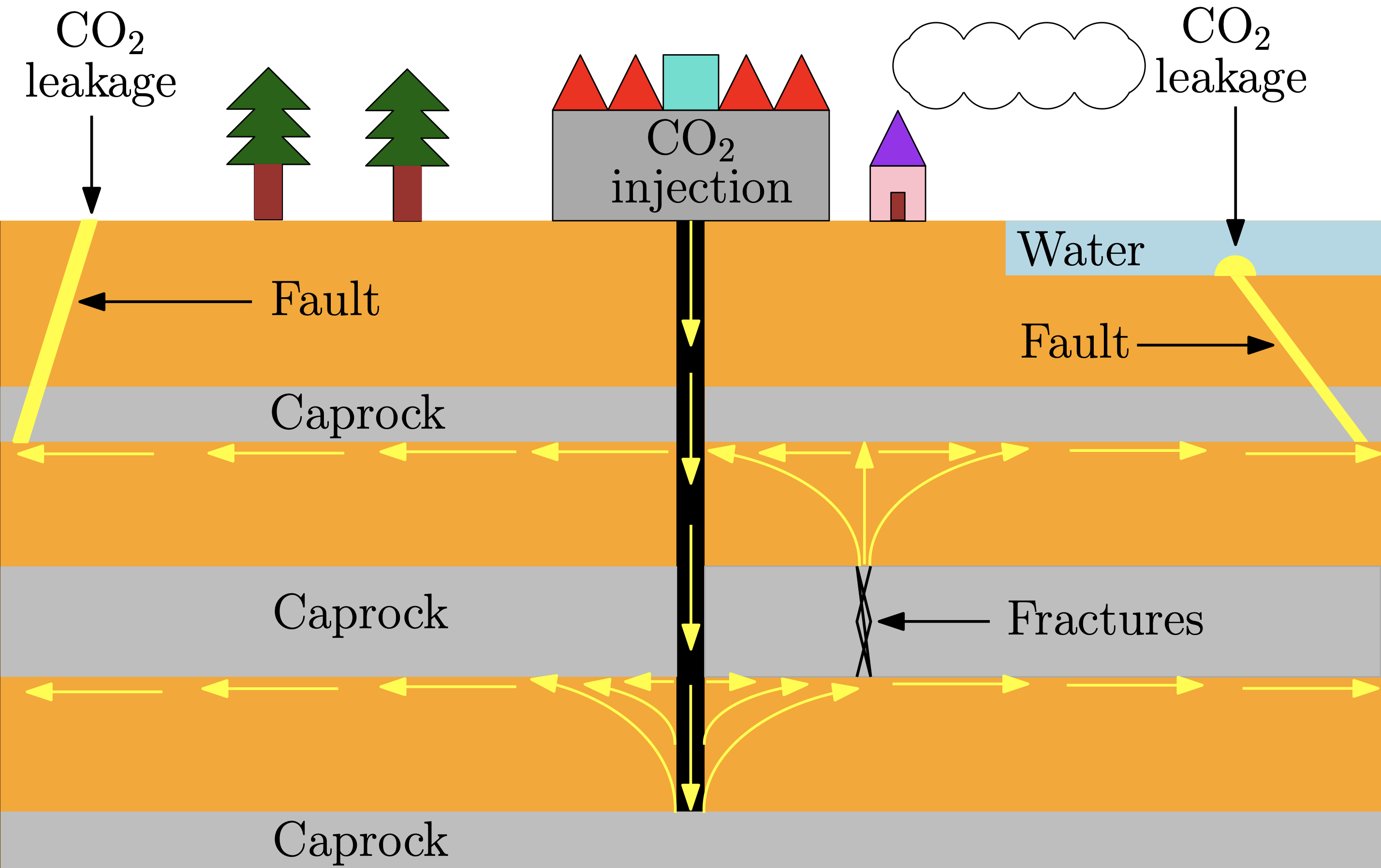Research about novel mathematical models and development of numerical simulators for the bio-cementation technology called microbially induced calcite precipitation (MICP) was performed in the CLIMIT project MICAP: ‘Efficient models for microbially induced calcite precipitation as a seal for CO2 storage’. Prior to this project, a lot was understood about bio-cementation from bench-scale studies and very detailed and computationally expensive models. The goal of this project was to develop faster simulation tools that could be used to engineer bio-treatments for stopping leakage in real field sites.
To achieve this, we first developed and implemented a MICP mathematical model using the open-source software MATLAB Reservoir Simulation Toolbox (MRST), which is a research tool for rapid prototyping and demonstration of new simulation methods and modeling concepts.
Details on the model and implementation can be found in this paper. The implementation was made available in the latest official MRST release as the ad-micp module and it is fully compatible with GNU Octave (i.e., it is not required to have MATLAB to run the examples).



